Asus GeForce GTX 1070 Ti ROG Strix Advanced Review
November 2, 2017 | 22:30
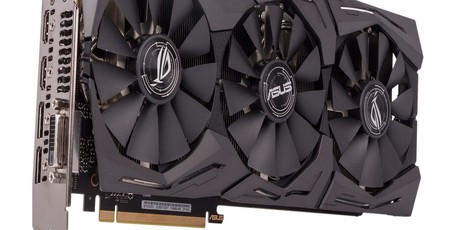
Performance Analysis
We usually test at default frequencies, but given that these are all the same for GTX 1070 Ti, we are assuming that everyone will put their cards into their respective OC Modes, so the results you see here are based on those frequencies, which are accessible with one click once you install GPU Tweak II.
That said, we did run Fire Strike Extreme at the out-of-box clock speeds, and although the score was higher than that of the Founders Edition, it can't really be said to be outside the margin of error. A longer test that placed more stress on the respective coolers would favour the Asus card more, but even so the difference the large cooler makes to boosting when clock speeds are matched is marginal.
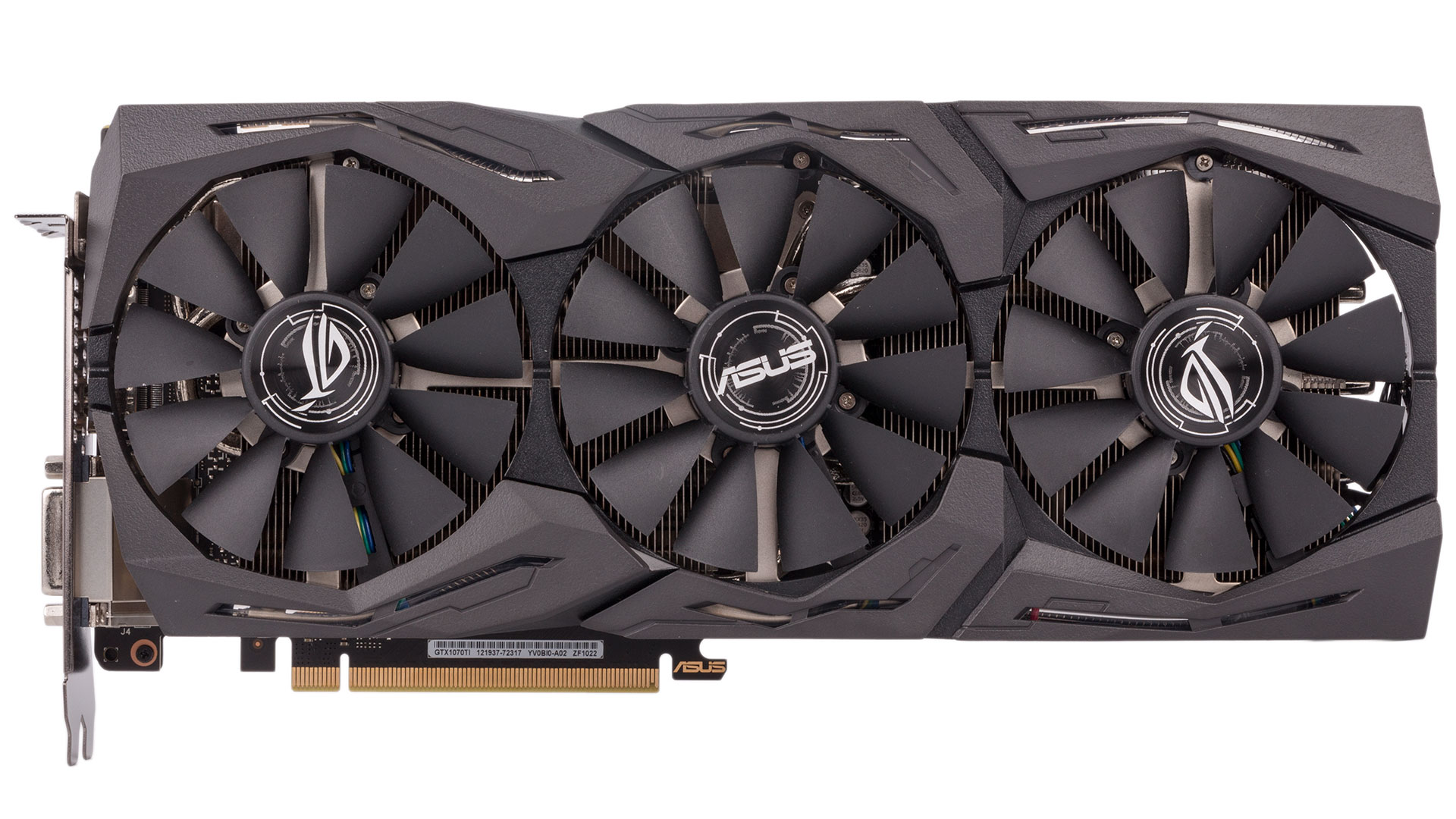
With OC Mode applied, average frame rates are consistently higher than those of the Founders Edition, but we're still only talking a difference of three percent on average, be it in real games or synthetic tests. This closes the gap slightly on the overclocked EVGA GTX 1080 FTW, but that still stays a more substantial 10 percent faster. It also doesn't beat the Vega 56 very convincingly (in some test it loses), which is unfortunate given that card is below £400 for the time being. Nevertheless, just like the Founders Edition, this GTX 1070 Ti will be a beast at 1080p, highly effective at 1440p, but a little overwhelmed by the latest titles at 4K.
Despite running with higher frequencies and two extra fans, the Asus card actually consumes a little less power than the Founders Edition, a sign that its PCB and component work is paying off. The efficiency of the cooler also cannot be questioned, as a delta T value of 42°C is fantastic and a whole 22°C less than the Founders Edition. Better yet, it was practically silent when maintaining this temperature.
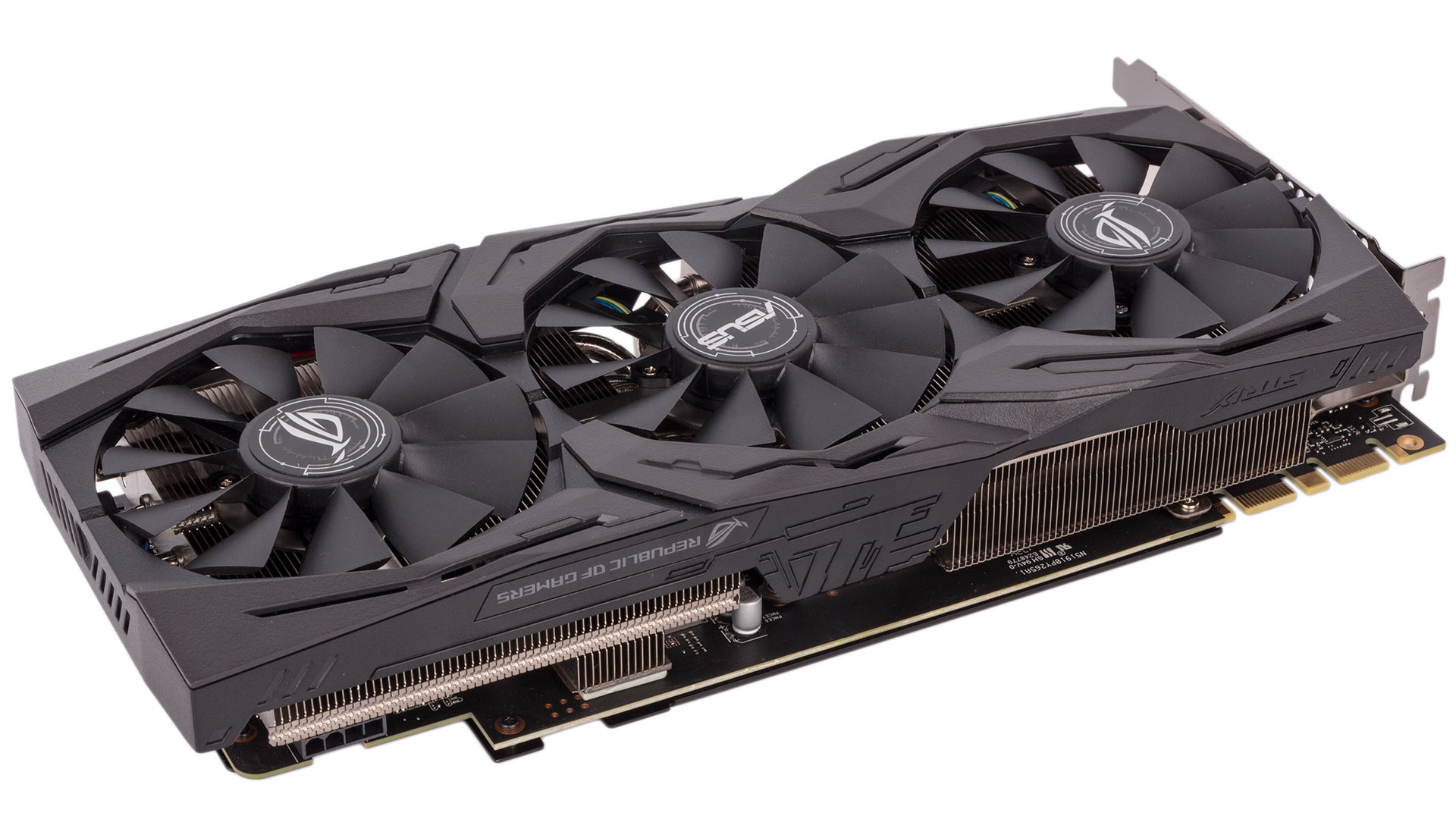
Despite some impressive overclocking, usurping a GTX 1080 OC was still out of the question for this card, although it did come very close. That said, the same is true of the Founders Edition – performance when both are overclocked was indistinguishable outside of benchmarks. The difference, of course, is that the Asus card will run much cooler and quieter.
Conclusion
The latest Strix design is a known entity, so it's no surprise to find a card that's oozing with quality. The construction is first-rate all the way down to the PCB, the RGB lighting is well thought out, and little extra features like the VR-oriented display outputs and FanConnect II make the card feel complete and like an enthusiast's best friend. It's able to stay very cool and basically silent while outputting frame rates a little higher than those of the Founders Edition, at least when running the card's built-in OC Mode.
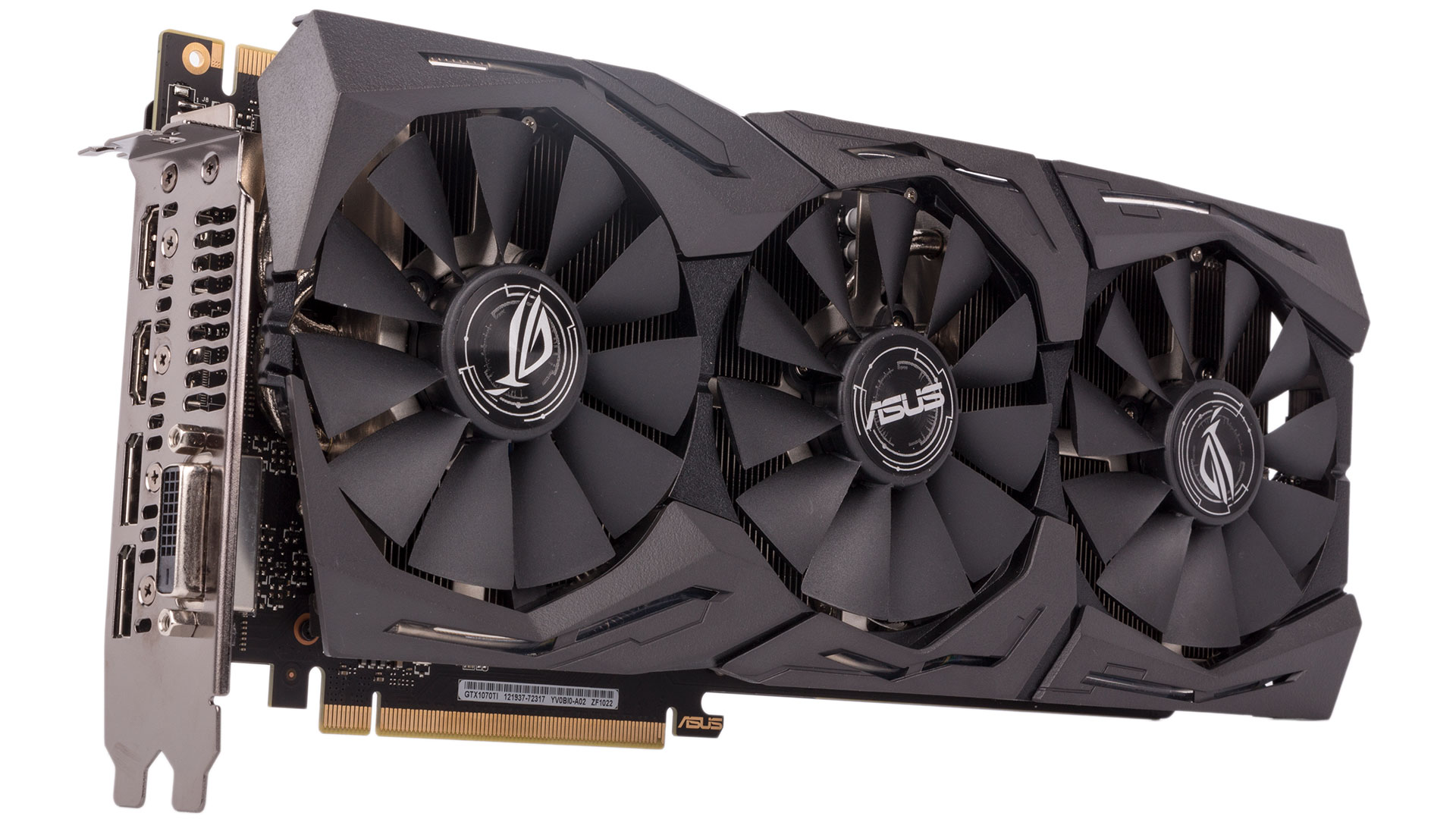
Nonetheless, the £500 price tag is problematic. To be fair, the £80 premium for the Strix design is in line with what you see on other SKUs, but the trouble is that the GTX 1070 Ti is a gap-filling card. By coming in where it is, it leaves far less room than there was before for premium SKUs like this. Even a very high-end GTX 1070 would typically have a decent price difference compared to basic GTX 1080s, but now this top-end SKU is in-line with pricing of the latter. While extra features and boosted cooling mean this isn't a true apples to apples comparison, it is hard to ignore all the same, and the fact that clock speeds are locked to reference ones only heightens the problem. Asus may have found a way around it, but even basic third-party cards, including Asus' own Turbo SKU, can and do have an OC Mode; Asus just happens to have one here that's a fraction higher. The fact that GPUs are binned for this SKU should lead to higher custom overclocks on average, but there's still an element of luck in this. The Assassin's Creed Origins offer is certainly valuable, but Destiny 2 is a freebie with GTX 1080s at the moment, which pretty much compensates for it.
Ultimately, anyone buying this card will be receiving a quality bit of kit. However, with the wider market in mind, we can't quite recommend the Strix design this time around, although it's mostly down to decisions that aren't Asus', such as Nvidia's reference pricing and the inability to sell properly overclocked cards. Pure bang for buck customers wouldn't even consider this card, but honestly even if you're sold on the value of Asus' numerous extras, we'd still recommend that you save a bit more and shop for faster GTX 1080s instead (including, if you like, the Asus GTX 1080 Strix OC), as there are many high quality SKUs for not much more that will offer more performance.

MSI MPG Velox 100R Chassis Review
October 14 2021 | 15:04


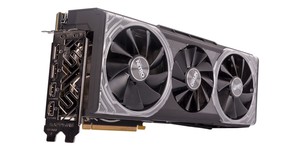
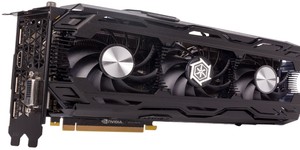




Want to comment? Please log in.